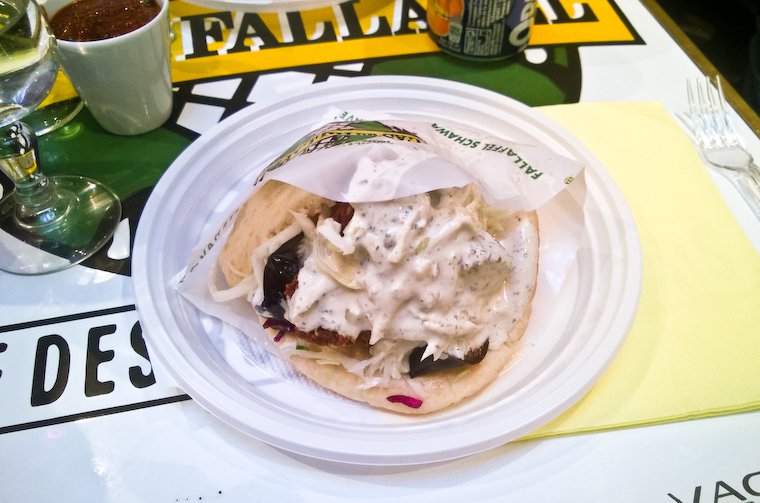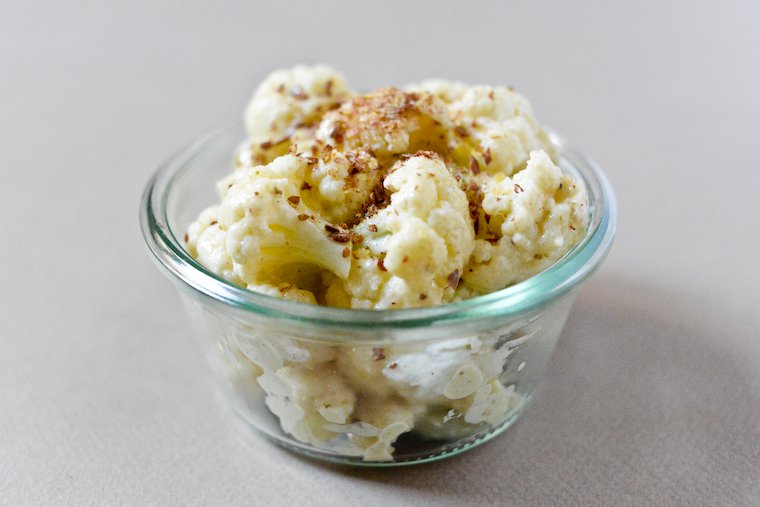If you keep an eye on my Favorites of the Month posts, which naturally I recommend you do, you may remember me featuring some organic and gluten-free cookies made in Belgium by a small company named Generous: a friend had kindly refered them to me, and they had offered to send samples my way.
I was impressed by the delicate, sandy texture they managed to create for their sablés — not so easy with gluten-free baked goods — and I love that they chose to use buckwheat flour, and embrace its bold flavor.
The simpler-shaped cookies had just as much snap and flavor as their more ornate counterparts.
The buckwheat notes work especially well in their speculoos, an emblematic spice cookie that is typically baked in the north of France, Belgium, the Netherlands, and parts of Germany. But the popularity of the speculoos has vastly outgrown these borders, and it is hugely popular all over France now, where it is often slipped on the saucer of espresso cups in cafés and restaurants (and often much needed to make the acrid coffee palatable).
When I saw how quickly that sleeve of buckwheat speculoos was inhaled in my household, I was inspired to revisit my own speculoos recipe, substituting buckwheat flour for half of the wheat flour (and decreasing the amount of sugar a little bit while I was at it).
I also took this opportunity to use the special speculoos molds that friends of mine brought me back from Alsace some time ago: before speculoos became a year-round treat, they were traditionally made during the Advent and given seasonal shapes — in my case, a crane and a Saint-Nicholas figure — by pressing the dough into finely carved wooden molds.

I confess I was a little sceptical about these: how could the dough possibly take on such an intricate shape, unmold without tears, and bake without all the details getting fudged? But I was amazed to see that, with proper flouring and no leavening agent in the dough (which my recipe didn’t call for anyway) all three bases were covered effortlessly.
I was intent on using these pretty molds, especially as I thought it might amuse my two-year-old to nibble on an oiseau and a monsieur (it did), but once I’d convinced myself that it worked and that the cookies were pretty indeed, I reverted to the much quicker slice-and-bake method.
Luckily, these simpler-shaped cookies had just as much snap and flavor as their more ornate counterparts.
Speculoos are lovely with a cup of tea or coffee — dipping is allowed, and even encouraged — but they are also the perfect companions to a fruit salad, or a compote of stewed or roasted fruit. They are also the cookie crust component of choice for French bakers who want to make cheesecake — no graham crackers in supermarkets this side of the Atlantic — and they make a pretty spectacular ice cream, too.











